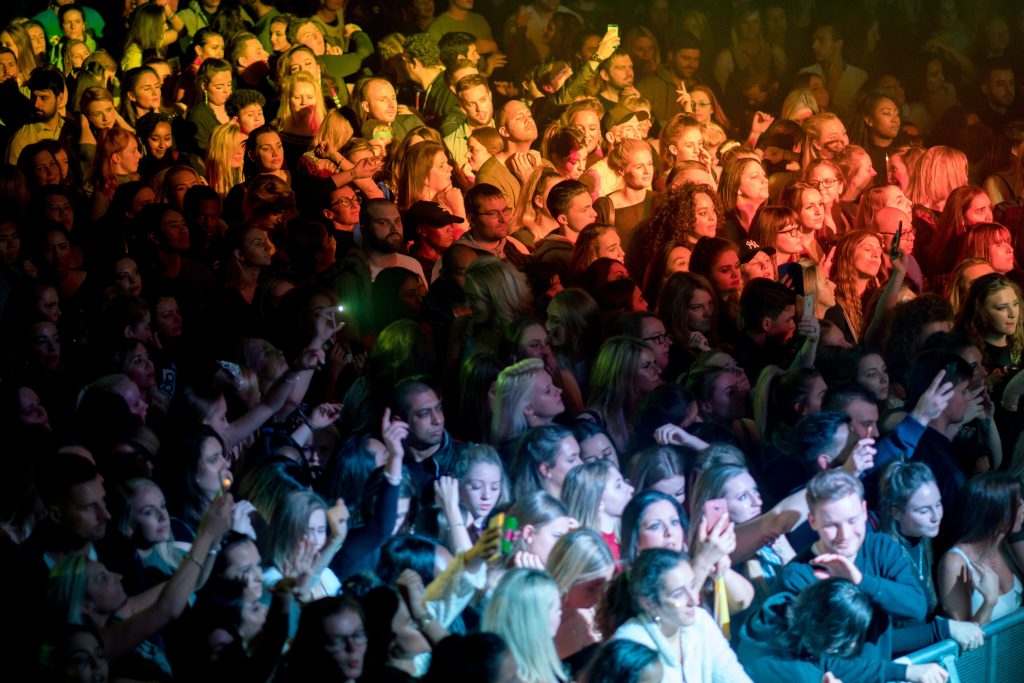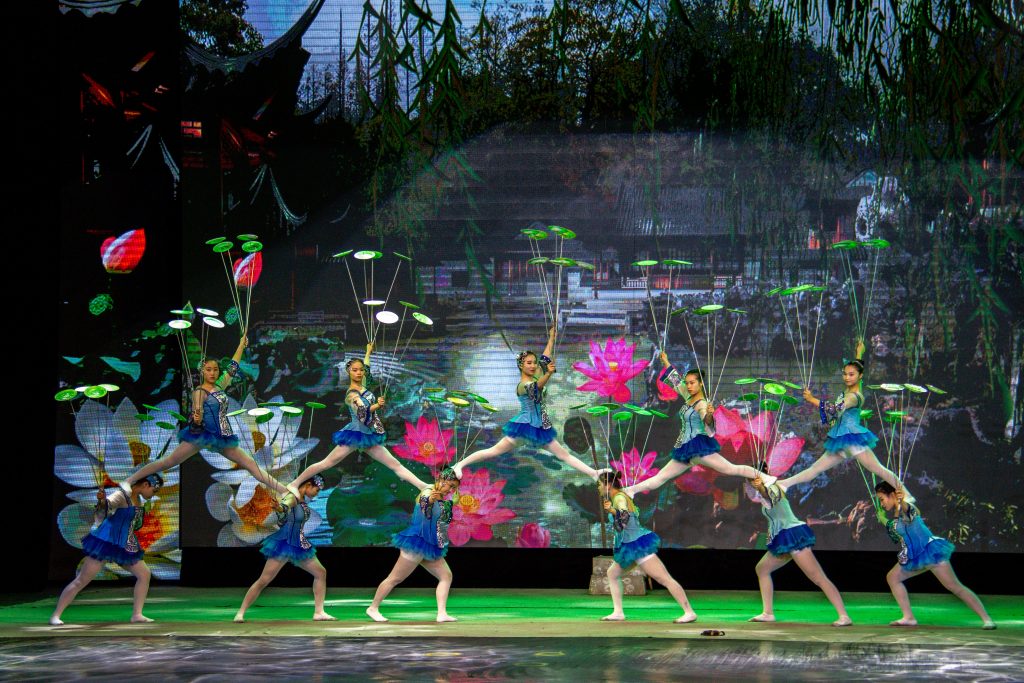
GUEST POST from Janet Sernack
As many of my colleagues are aware, I am at heart, a maverick, an unorthodox or independent-minded person. Who is curious and inquisitive, and finds change and challenging the status quo exciting, fascinating and stimulating. I am also, considered, by some, as a misfit, someone whose behaviors and attitudes sets them apart from others in an uncomfortably conspicuous way, that often rocks the boat. There is a range of consequences for people like me, who dare to think differently, especially now that I have also achieved the status of a Modern Elder – “the perfect alchemy of curious and wise, with curiosity leading to expansive inquiry while wisdom distills what’s essential.”
Coupled with both the challenges and constraints of the currently disrupted Covid-19 and digitized world, I am finding that the consequences of being different have intensified, become more impactful, and are often, quite confronting. Where differences cause resistance to change, divisiveness, and conflict, rather than maximizing differences in ways that embrace our humanity, diversity, to harness collective intelligence to make the organization, or world a better, more inclusive, and safer place.
Diversity is of the Essence
According to Jonathan Sacks, in his book “The Dignity of Difference- How to avoid the clash of civilizations,” he states that “we are living in the conscious presence of difference”.
Which exists in the home, in the street, in our workplaces, communities, and countries where we constantly encounter groups and cultures whose ideas and ideals are unlike ours. “That can be experienced as a profound threat to identity. Identity divides.” Considering that “the world is not a single machine, it is a complex, interactive ecology in which diversity – the biological, personal, cultural and religious – is of the essence.”
“When difference leads to war, both sides lose. When it leads to mutual enrichment, both sides gain.”
As is currently being evidenced by the tense and tentative Ukrainian and Russian border confrontation, with its potentially tragic consequences. Where Yuval Noah Harari states in a recent article in The Economist – “At the heart of the Ukraine crisis lies a fundamental question about the nature of history and the nature of humanity: is change possible? Can humans change the way they behave, or does history repeat itself endlessly, with humans forever condemned to re-enact past tragedies without changing anything except the décor”?
People Who Dare to Think Differently
Adam Grant, in his book “The Originals – How Non-Conformists Change the World” describes an original (n) as “A thing of singular or unique character; a person who is different from other people in an appealing or interesting way; a person of fresh initiative or inventive capacity”.
The book goes on to explain strategies, through studies and stories how to champion new ideas and fight groupthink, in constructive ways that maximize diversity and differences and promote dissent, as the basis for cultivating original thought to effect positive change.
Ray Dallio, in his book Principles explores this further, suggesting that “if you are like most people, you have no clue about how other people see things and aren’t good at seeking to understand what they are thinking because you’re too preoccupied with telling them what you yourself think is correct.” Often causing divisiveness rather than inclusion, resistance to change, and as a consequence, missing the possibilities and opportunities that may be present.
This also impedes our overall adaptiveness and creativity in an exponentially changing, world, to make real progress, and constructively change and limits the potential for innovation, growth and ability to contribute to the common good.
Change Management Has Changed
In a recent article from the Boston Consulting Group, they stated that “Effective change management requires leaders to shift away from one-size-fits-all approaches and develop an expanded set of context-specific strategies”.
Which are truly adaptive, collaborative, energize, catalyze change, harness, and mobilize people’s and customers’ collective intelligence, in ways that are appreciated and cherished by all, and contribute to the common good.
To ultimately collectively co-create a set of different, empowered future-fit leaders, teams, and organizations – who courageously, compassionately, and creatively contribute toward an improved future, for customers, stakeholders, leaders, teams, organizations as well as for the good of the whole.
Welcoming Dissent and Thoughtful Disagreement
At ImagineNation™ we dare to think differently and teach train, and coach people and teams to maximize their potential to lead, manage, coach, through implementing and embedding change and innovation, differently.
We enable people to lead in the imagination age by empowering, enabling, and equipping them to be and think differently to:
- Flow with some people’s need to be “right” and in control, when they are being defensive, abusive, and divisive, even when disagreement and conflict occur.
- Artfully and skillfully use cognitive dissonance and creative tension to pull people towards a new possibility and envision a new and compelling future.
- Be inclusive to support mutual enrichment, through co-sensemaking, that helps them create “order” (in their own context) and simplicity from complexity and change.
- Self-regulate and self-manage emotionally in the face of uncertainty and volatility.
- Be relatable, empathic, inspiring, and artfully and skillfully influential in helping people open their minds and hearts toward co-creation, collaboration, and experimentation that ensures a shared contribution for mutual gain.
- Be creative and inventive to maximize their multiple and collective intelligences through learning, contrarian thinking, constructive debate, and creative conversations that generate discovery.
In ways that engage deep generative listening, inquiry, questioning, and differing that uses cognitive dissonance to unleash the creative energy that triggers and generates thinking differently.
When people are trusted and empowered to think differently, they co-create a frequency that allows, awakens, and activates their adaptive and innovative leadership qualities, consciousness, states, and qualities of mind and heart, to effect positive change.
Taking wise and intelligent action
It also enables them to wisely choose the most intelligent actions that result in adaptive and innovative outcomes.
This helps creativity to flourish and disrupts and interrupts those people, whose complacency, conformity, and rigidity create divisions, and feelings of desolation and exclusion that kill our capacity and competence to collaborate, create and invent.
Leaving me to wonder and inquire;
- What if the “strangers” among us simply listen, with open minds and open hearts to the thought, feelings, and opinions of others, with both curiosity and detachment?
- What if we could collectively co-create safe containers and collective holding spaces, that maximize our differences and diversity, and simply share a creative conversation about what could be possible?
- How might we maximize our diversity of thought, to enable us to think differently about the issue, opportunity, or problem in ways that supported differences for mutual enrichment?
There is no wisdom on one point of view
Might this result in a deeper connection when there is polarization between people?
Might it be possible to co-sense and co-create a sense of inclusion, and an opening for a deeper philosophical exploration and discovery for thinking differently about the role, nature of and impact prescriptive points of view on how people truly feel, really think, and deeply act in our globalized and connected world?
Might it help us collectively to co-create making it a better place?
Find out more about our work at ImagineNation™
Find out about our learning products and tools, including The Coach for Innovators Certified Program, a collaborative, intimate, and deep personalized innovation coaching and learning program, supported by a global group of peers over 9-weeks, starting Tuesday, May 4, 2022. It is a blended and transformational change and learning program that will give you a deep understanding of the language, principles, and applications of an ecosystem focus, human-centric approach, and emergent structure (Theory U) to innovation, and to upskill people and teams and develop their future fitness, within your unique context. Find out more.
Image credit: Unsplash
![]() Sign up here to get Human-Centered Change & Innovation Weekly delivered to your inbox every week.
Sign up here to get Human-Centered Change & Innovation Weekly delivered to your inbox every week.




